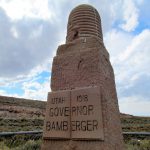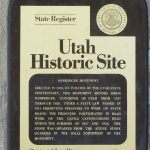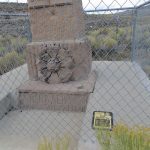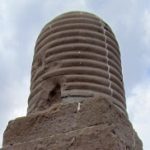It Happened on
January 01, 1918
This entry is related to the Land of Oz disclosures passed down to Marie-Lynn’s ancestors by L. Frank Baum. Just like Marie-Lynn, Jon Levi, is also a product of the Universal Exhibition Network synergy system, bringing together ten of thousands of young people in the 20th century. Were your grandparents or parents match-made by the scientific community? This project is kept secret because it’s too fantastic to behold, not because it’s nefarious. This video also includes an exploration of the wise telepathic being we call Big Foot, an important partner in our evolution!
In the future, I would like to meet Jon Levi and compare notes with him. He is specifically mentioned by my ancestors as someone who is meant to share in the uncovering of a great treasure about the previous storyline executed on this land: America The Beautiful. The vestiges necessary to prove this true history of the United States have been protected for us and the people “standing in our way” are ALSO descendants of the Universal Exhibition Network!
The future is fantastic!
Listen to NotebookLM gossip about Jon’s video.
Unearthing Hidden Histories: Jon Levi’s Challenge to the Simon Bamberger Monument Narrative
YouTuber Jon Levi, known for his on-the-ground explorations and unique philosophical approach rooted in the I-Ching and Taoism, offers alternative interpretations of ancient ruins that fundamentally challenge established historical narratives. His work encourages an open-minded perspective, questioning official explanations and seeking out sites he calls “ruins with no history”—places where the official story “doesn’t quite add up” or is even considered “stupid”. A prime example of this is his analysis of the Simon Bamberger Monument in Utah.
The official narrative surrounding the Simon Bamberger Monument, a large stone structure located in the middle of nowhere in Utah, asserts that it was built by prisoners. However, Jon Levi finds this explanation “too convenient” or “silly”. He meticulously scrutinizes this account, highlighting several key issues that raise serious questions about its validity.
Firstly, Levi points to the monument’s remote location. He emphasizes that getting all the necessary materials and labor to such a desolate spot, especially during the time it was supposedly constructed, “would have been a nightmare”. The logistical challenges alone make the prisoner labor story seem implausible.
Secondly, he highlights the impressive engineering and skill evident in the monument’s construction. John Levi shows footage of the monument, stressing that “it’s clear that whoever built this thing knew what they were doing”. He even suggests that the monument’s design and precise placement “might align with astronomical events,” indicating a “deeper meaning or purpose beyond what we’ve been told”. This contrasts sharply with the idea of a simple, utilitarian structure built by prisoners.
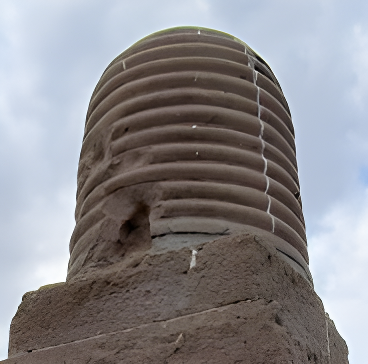
Crucially, the Simon Bamberger Monument is not an isolated case in Jon Levi’s view. It is connected by what he believes to be an ancient road system he has discovered and traced for miles across the Utah desert. This road, which he claims predates modern roads, also links to other “ruins with no history,” such as the elaborate block walls of Standardville, Utah. The fact that these disparate sites are physically connected by this unrecognized ancient thoroughfare further challenges conventional historical timelines and narratives for the region.
Jon Levi expresses concern that modern authorities “barely acknowledge” this ancient road and that evidence of it and the ruins it connects to “might be intentionally being erased or covered up” by development projects, particularly by “big oil” and the Department of Transportation. He observes these entities working near these sites and raises questions about their motives, suggesting that “somebody knows” about these older structures because they are “utilizing an ancient Road” and finding ruins while surveying and building.
By dissecting the official explanation for the Simon Bamberger Monument and linking it to a broader, suppressed ancient road system, Jon Levi exemplifies his belief that society might be “too quick to dismiss anything that challenges the accepted historical narrative”. He encourages skepticism towards conventional thinking and urges individuals to “question what you’ve been told and to seek out your own truth,” fostering an “open-minded approach to history” that considers multiple perspectives and challenges assumptions rather than passively consuming information. His work suggests that remnants of past civilizations could be “hidden in plain sight”. Unearthing Hidden Histories: Jon Levi’s Challenge to the Simon Bamberger Monument Narrative
His work suggests that remnants of past civilizations could be “hidden in plain sight”.
